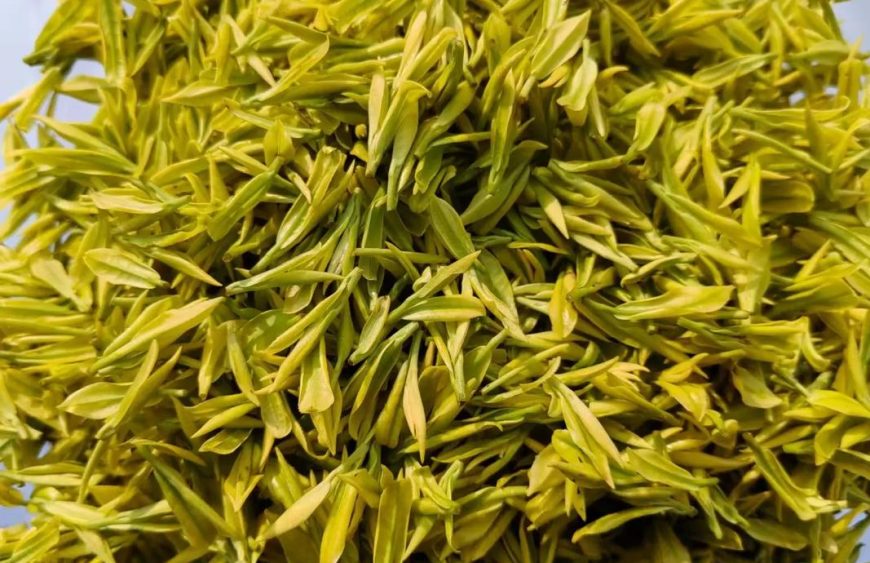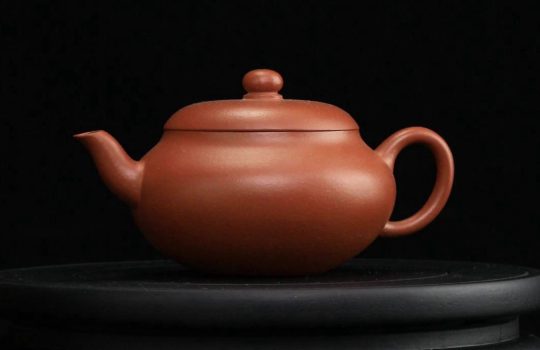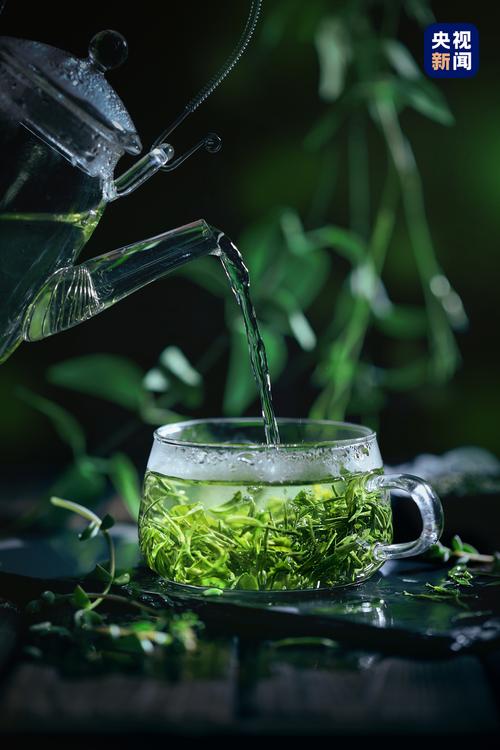Understanding Huangcha through its appearance, taste, production process, and health benefits

Understanding Huangcha through its appearance, taste, production process, and health benefits
Getting to Know Huangcha
The quality characteristics of Huangcha are yellow leaves and yellow broth, a sweet and refreshing taste, and durability in multiple infusions. Yellow tea has a cool and slightly cold nature, making it suitable for those with a hot stomach. Yellow tea undergoes three processes: killing the green, piling and fermenting, and drying. Among these, the ‘piling and fermenting (yellowing)’ process is a unique step that distinguishes yellow tea production from green tea production. After piling and fermenting, the leaves turn yellow, and after drying, yellow tea is produced. When brewed, it results in yellow broth and yellow leaves. The production of yellow tea is very limited, primarily in areas such as Junshan and Wushan in Hunan Province, Jinzaizhai in Anhui Province, Yuan’an in Hubei Province, Pingyang in Zhejiang Province, and Mengding Mountain in Sichuan Province, with small-scale production in other regions as well.
Types of Yellow Tea
Yellow Large Tea is made from one bud with two or three leaves, or even one bud with four or five leaves, and includes varieties such as Huoshan Yellow Large Tea and Guangdong Large Leaf Green. Yellow Small Tea is made from tender buds and leaves, and includes varieties such as
Yellow Small Tea includes Beigang Mao Jian, Wushan Mao Jian, Pingyang Huang Tang, etc.
Yellow Bud Tea is made from tender single buds or one bud and one leaf, primarily including Junshan Silver Needle, Mengding Yellow Bud, Huoshan Yellow Bud, etc.
Identification of yellow tea
Dry tea: Tea buds should be plump and robust, covered with downy hairs, with a golden yellow or yellow-green, tender yellow colour being the best; buds that are less plump but have downy hairs and a dark green colour are of lower quality; buds that are weak and thin, have downy hairs, and a greyish-dark colour are the worst.
Tea liquor: A clear apricot-yellow colour is superior; an apricot-yellow colour that is less clear or deeper yellow is inferior; a yellowish-brown or dark yellow colour is the worst.
Leaf base: A tender yellow, even, and bud-revealing leaf base is superior; a dark, non-transparent leaf base is inferior.
Aroma: A rich, sweet, and refreshing aroma is superior; a musty aroma is inferior. Taste: A sweet, mellow, and harmonious taste is superior; a musty taste is inferior.
Processing techniques for yellow tea
1. Killing the green
Before killing the green, yellow tea must be polished and waxed. During the process, movements must be light and flexible, and the fire temperature should be ‘high at first, then low.’ After 4–5 minutes, when the green aroma disappears and a fresh fragrance emerges, the tea can be removed from the pan, thereby forming the unique fresh and tender aroma of yellow tea.
2. Piling and steaming
Also known as yellowing, this is a unique process in the production of yellow tea and is key to forming its characteristics.
Heap fermentation involves using moist heat to cause certain chemical changes in the tea leaves, resulting in the yellow colour and yellow broth characteristic of yellow tea. The main factors affecting heap fermentation are
the moisture content and temperature of the tea leaves. The higher the moisture content and temperature, the faster the yellowing process under moist heat conditions.
3. Drying
The drying process for yellow tea is typically conducted in multiple stages, with temperatures generally lower than those for other tea types, typically controlled between 50–60°C.
Storage of Yellow Tea
1. Airtight Storage
To prevent oxidation and spoilage, tea should be stored in an airtight environment. This can be achieved by removing oxygen from the storage container or adding preservatives to absorb moisture and block air exposure.
2. Dry Environment
Before storage, the moisture content of the tea leaves must be controlled within a certain range, with the optimal moisture content being 3%. This is because the higher the moisture content of the tea leaves, the faster their active components degrade, and they are more prone to spoilage.
3. Low-Temperature Storage
At high temperatures or room temperature, tea leaves oxidise more quickly, leading to premature ageing and the degradation of certain compounds, which affects the quality of the tea. Generally, tea should be stored at 5–6°C. If the temperature drops below 0°C, the tea’s aroma will diminish, losing its original fragrance.
Brewing method for yellow tea
Appreciate the tea, clean the utensils, place the tea, pour the water from a height, and savour the tea.



